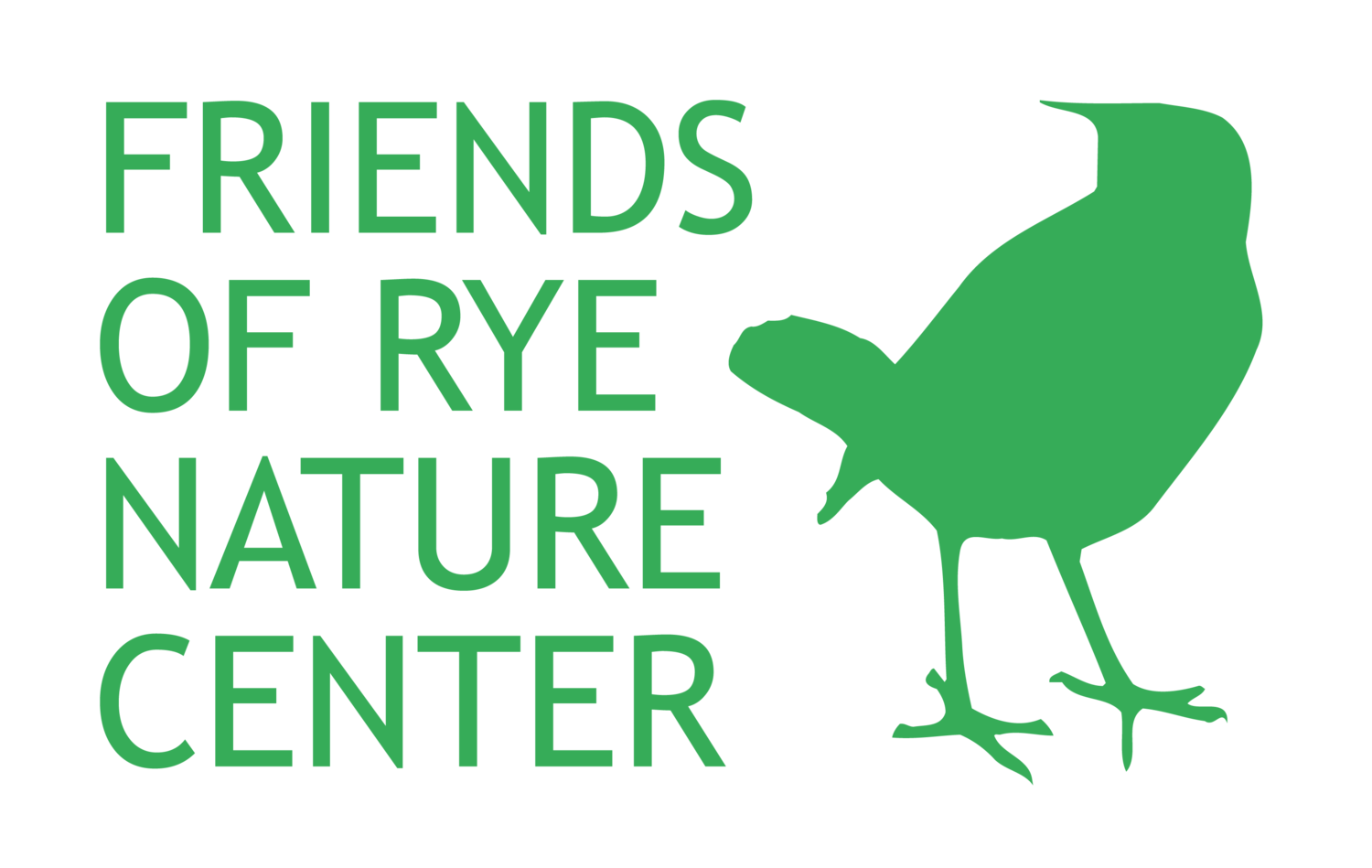— Siobhan Prout, Outreach Educator
Photograph courtesy of Madebybees.ca
Do you like to grow plants that provide flavorful food for you and your family? Do you also enjoy flowers with colorful blooms that attract bees, butterflies, and other pollinators? Luckily, you can choose to grow edible, pollinator-friendly plants that will accomplish these two common gardening goals: providing habitat for pollinators and harvesting delicious treats for your household!
Most pollinators are drawn to plants for the same reasons as people: beautiful colors and tasty food. Pollinators use colors to locate the sources of nectar and pollen they prefer. Some groups of pollinators show a preference for a particular end of the color spectrum—many species of bees are drawn to blue and violet hues, while butterflies are especially fond of white, bright yellow, orange, pink, and red. Having a variety of colors will attract a wider array of pollinators to your garden.
The following plants are all deer resistant and can be grown in your garden or in a container, which will allow you easy access to all of the flavors they offer for your next home-cooked meal!
Nasturtium (Tropaeolum majus)
Photograph courtesy of Underwoodgardens.com
In addition to serving as lovely red, yellow, and orange garnishes, the flowers and leaves of nasturtiums have a pleasant peppery taste with a hint of sweetness. Leave the majority of the flowers on the stem for a while so pollinators get the chance to feed from them and you can enjoy the leaves. Pop them in your mouth fresh from the stem to enjoy the mix of spicy and sweet as you wander through your garden. The flowers also have a lovely fragrance, so breathe in deep and enjoy when you walk by them.
Borage (Borage officinalis)
Photograph courtesy of Urbanpollinators.com
The green leaves and blue, star-shaped flowers of borage offer a colorful pop of flavor and act as magnets for bumblebees and honeybees. The cucumber-flavored leaves and stems can be used to make tea or eaten steamed, while the flowers are a great addition to salads and summer drinks. These perennial herbs are very likely to grow back year after year, and would do best if planted in a section of the garden where they are welcome to return again and again or kept in a container.
Wood Sorrel (Oxalis regnelli, Oxalis triangularis)
Photograph courtesy of Wnpr.org
Note: Wood Sorrel works best as an occasional treat or as a supplement to a dish, as eating large amounts can lead to increased levels of oxalic acid in the body.
Wood sorrel, sometimes called “shamrock,” grows wild and can be harvested fresh from the ground. You can also grow or buy decorative varieties with green or purple leaves and pink or white flowers. This perennial can be grown outside in spring and summer, then kept inside during the colder months. The tastiest parts of wood sorrels are the leaves; if you tear one off and bite into it, you’ll receive a little burst of sour flavor, somewhat like a mild and slightly sweet lemon. The leaves make a delicious, quick snack and provide a drop of flavor in the dishes to which they’re added.
Other Options
If you would like even more options for edible, pollinator friendly plants, you are in luck! Many other plants offer similar benefits and will make beautiful additions to your garden or a container in your yard. You can also try growing the following plants: Bachelor’s button, oregano, pot marigold, geranium, sage, and basil.
Good luck and happy gardening!





